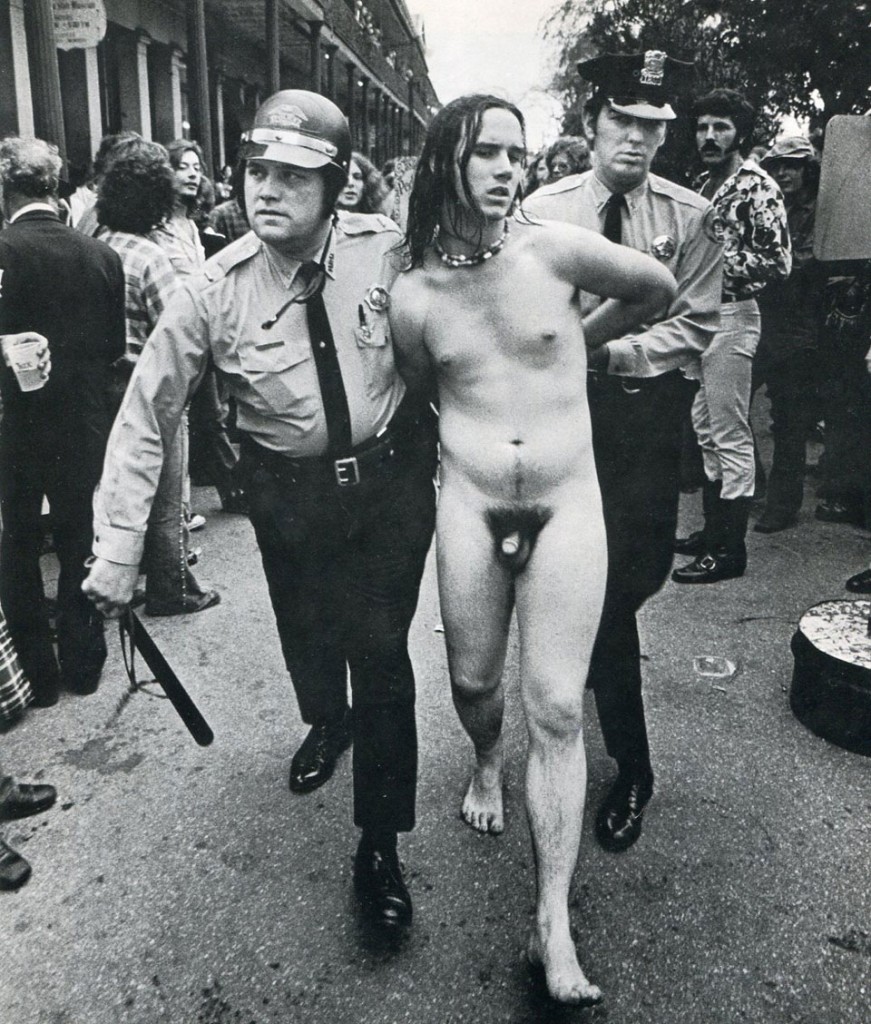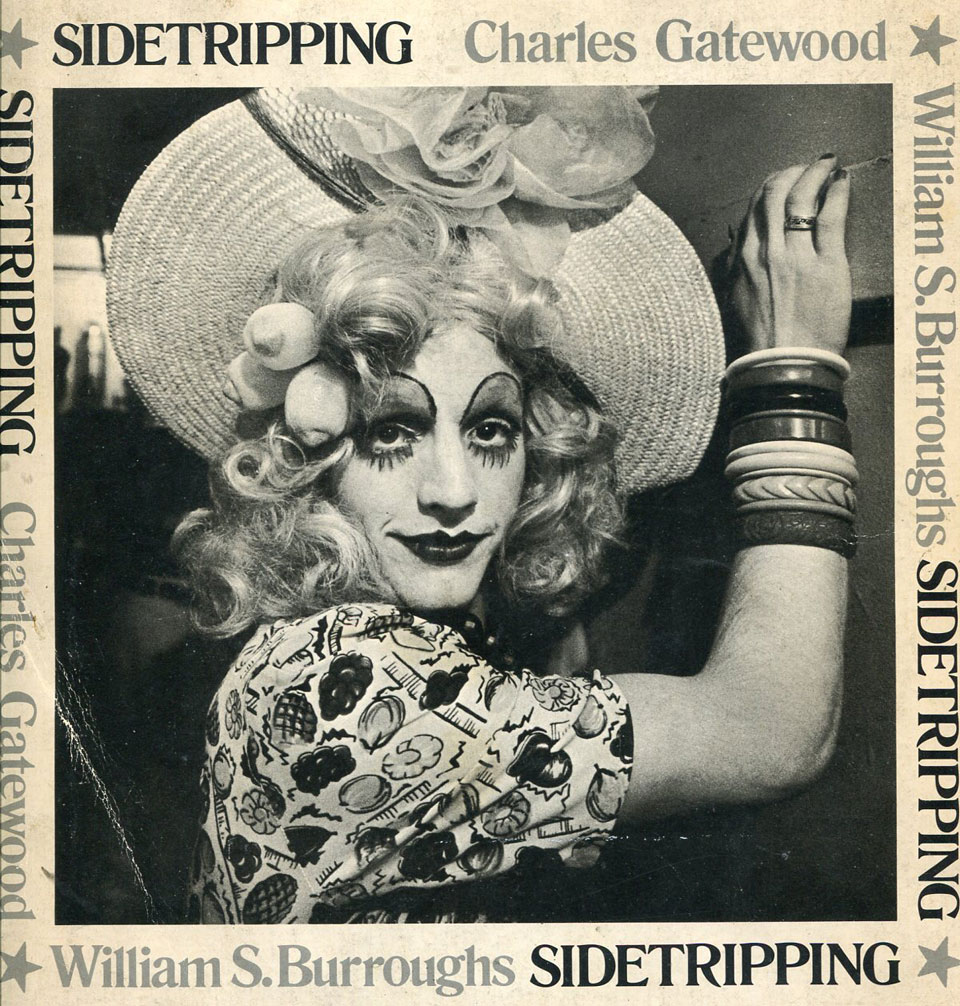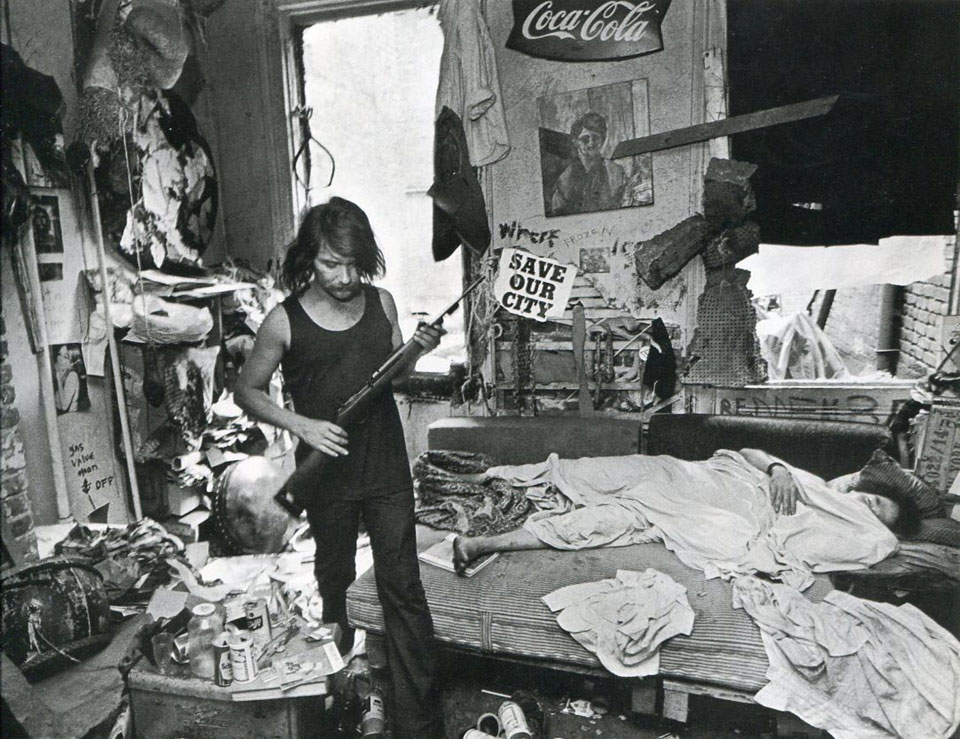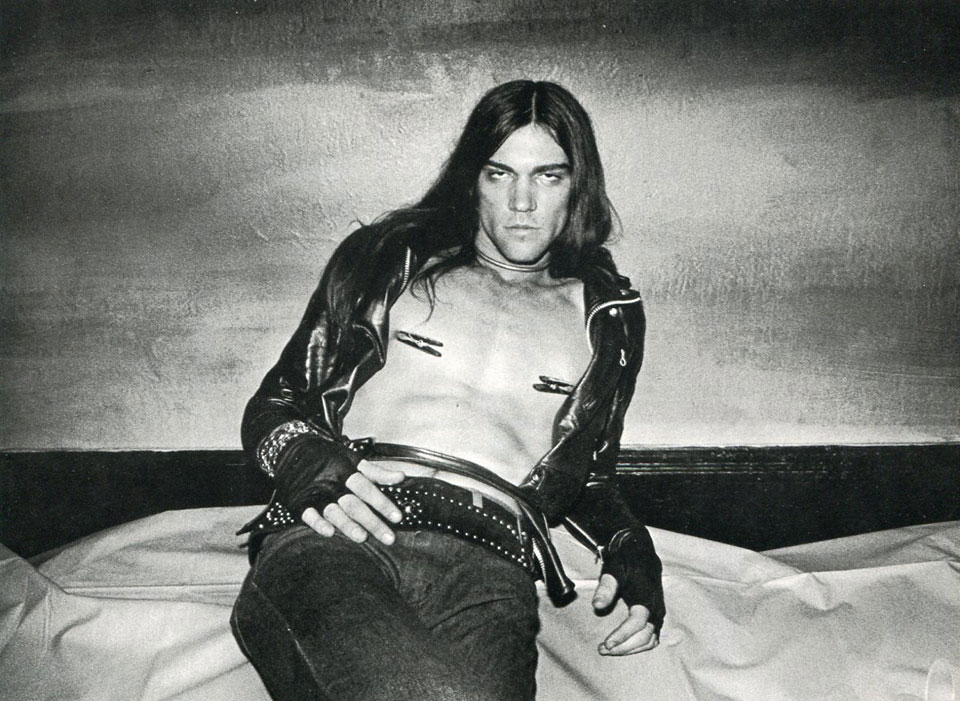Sidetripping Revisited
I couldn’t wait to be old enough to be a hippie. In 1967 I would take the subway downtown to Boston Common to observe their scruffy encampments. As if cautiously approaching a herd of wild animals, each visit I crept a bit closer, taking note of hair length, headbands, bare feet, guitars, and exposed skin. I tried to grow my hair, tucking long bangs behind my ear to evade critical comments from parents and teachers; this strategy was ineffective.
Hording my weekly allowance, I was able to purchase granny glasses similar to the ones John Lennon wore on the cover of Revolver. Shoveling snow from neighbor’s stairs and sidewalks soon provided enough cash to acquire a Nehru jacket and a golden medallion with a big red stone in the center, I thought I was the Maharishi himself. When I wore it around the neighborhood I was exuberantly mocked, but on Boston Common, beatific smiles lit me up.
In high school I grew my hair as long as I wished. It was the early 1970s and although we had access to any kind of drug, I did not experience the utopic optimism that seemed so prevalent just a few years before. I attended rock festivals and protest marches. With only a vague grasp on the forces unleashed by the Viet Nam war, I chanted ‘Ho Ho Ho Chi Minh, the NLF is gonna win!”. The Watkins Glen Rock festival promised to be the Woodstock of the 1970s and 600,000 people flocked there. I hated every minute of it. Not only did Joni Mitchell not write a song about us being stardust, I despised the Grateful Dead who played endlessly. While I did see a lot of exposed breasts and colorfully painted vans, everyone seemed kind of shabby and clueless, white trash in hippie costume.
After high school I stuck my thumb out to start what I hoped to be a mythical cross-country trip. By that point, I had discovered photography and the Southwest was a revelation. I exposed many frames featuring sunsets and cacti. I smoked hashish with a pretty girl I met in Santa Fe. I bought her turquoise ring with a Navajo symbol imprinted in the silver. She offered to drive me to Tucson. When passing through reservations, I tried not to notice the resentful stares of Native Americans or the squalid conditions.
I got to Santa Barbara and crashed on the couch of a friend’s sister, who lived with an assortment of surf jocks whose sun-bleached hair seemed to radiate California light. Two days later, one of these golden boys stole my backpack with my underwear, socks, exposed film, traveller’s checks and my beloved copy of Carlos Casteneda’s The Teachings of Don Juan: A Yaqui Way of Knowledge. This was the end for me. The counter culture dream was dead. I felt unmoored from an ideal I had been chasing since my prepubescent yearnings of escape.
I needed to latch onto something else. My musical tastes flailed between progressive rock and bombastic symphonic music – Emerson, Lake and Palmer and Tchaikovsky – I was esthetically lost. I do not remember the circumstances, but most likely I was browsing a bookstore in Harvard Square when I saw Charles Gatewood’s book of photographs, Sidetripping. The images were strange, voyeuristic, disturbing, rendering the frayed ends of the hippie era with a cynical glee. This was not the Summer of Love, nor the Family of Man, Gatewood found his photographic clues in Weegee, Lisette Model and Diane Arbus. Embracing a sideshow attitude towards his subjects; the drag queens, Mardi-Gras revellers, strippers, stoners and Jesus freaks, Gatewood sealed his subjects in their own realities like medical curiosities. And then there was the text, fragmented prose tossed around the photos, a paranoid but prophetic voice that evoked a demented circus barker. It frightened me. The writer was William S. Burroughs.

A naked boy with long hair and beads is hustled away by two cops. Faces blank and factual they would look just like that if he wasn’t there. The twist of the boys’ body suggests St. Sebastian. they face has a primeval innocence. They have arrested Adam for indecent exposure in the Garden of Eden. Temporal limits have been removed. The cops as Centurions patrol ancient Rome. The boy is being led to the sacrifice by temple guards. Notice that his breasts are well-developed. Cover the genitals and he could be a girl. He can double for youth or maiden in any sacrifice or slaughter of the innocents….. William S. Burroughs. Photograph by Charles Gatewood
As a young freelance photographer, Gatewood photographed Burroughs for Rolling Stone and had the audacity to show Burroughs his portfolio asking him to write an introduction for a book proposal. Burroughs agreed and eventually the text was broken up and expanded with excerpts from his novels when it was published in 1975. A Village Voice critic compared it favorably to Robert Frank’s The Americans. Although that assessment proved to be short-lived, particular images have remained with me – or to be more precise, certain image / text juxtapositions made a lasting impression, for it was the images in relation to Burroughs’ words that created the lasting impact.
But the fascination with Sidetripping wore off as I came to realize that the pleasures of novelty and naughtiness were short-lived. Gatewood’s photographs were lurid but ultimately shallow. But to use an old Peter Scheldahl analogy, his photographs functioned like training wheels on a bike, helping me to attain balance and move towards something more esthetically demanding. Sidetripping catalyzed a series of life-changing encounters, starting with Burrough’s Naked Lunch and The Wild Boys. Then came the incendiary and incandescent music of Patti Smith and the photographs of Robert Frank and Diane Arbus. Each of these artists in their own way, countered vague romantic notions of communal liberation with a dangerous subjectivity. Instead of the group hug of the Summer of Love, I would find my tribe among the lonely, angry, cynical, obsessive, fervent, misanthropic and occasionally ecstatic visions of these dark angels.
Essay by Mark Alice Durant




